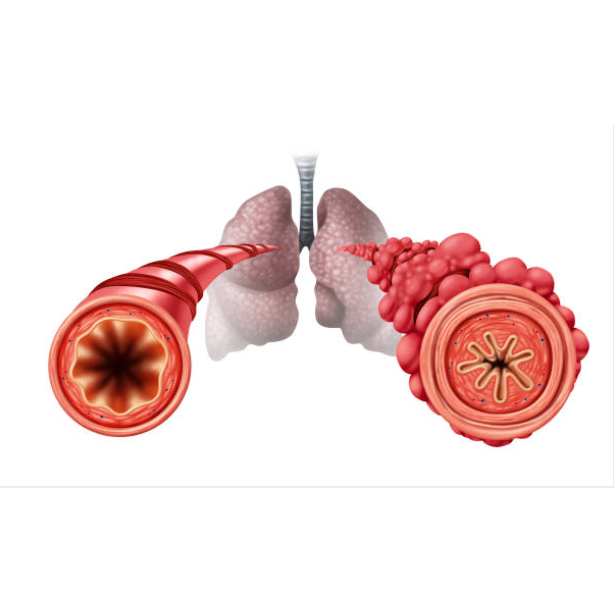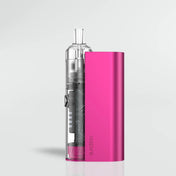A common fear amongst new vapers is the unknown health risks of vaping, owing to minimal long-term studies evidencing the impact on our bodies. Many years’ worth of dramatic headlines has added fuel to this fire, but one is particularly famous – ‘Vaping Causes Popcorn Lung’.
The truth is not so cut-and-dry. The condition known colloquially as popcorn lung is directly, but not exclusively caused by a compound called Diacetyl. The use of this compound in vaping products of the past has led to vaping becoming synonymous with the condition. Here we will explain the relationship between the three, so you can vape with confidence.
What is Popcorn Lung?
The true name for this condition is Bronchitis Obliterans. The condition can be caused by a number of environmental factors, but the effects are universal. The primary issue is damage caused to the smallest airways in our lungs. This damage leaves us coughing, short of breath and in quite severe pain. The condition is debilitating but generally considered rare, it is also not related to cancer.
The small air passages, our bronchioles, become inflamed and scarred which narrows them. This leads to us being unable to get enough air into our bodies for normal function. The inflammation can be caused by inhaling certain chemicals, with Diacetyl being thrust into the spotlight as a likely culprit.
What is Diacetyl?
Diacetyl is a naturally occurring compound in many foods like coffee, honey and fruit. It can also be artificially manufactured as an additive for processed foods including crackers, alcohol, dairy and of course, popcorn.
It is used in a massive array of consumables we all regularly enjoy, often without knowing it’s there. Food labels do not have to include the compound by name. Instead, it is often inferred within the blanket terms ‘artificial and/or natural flavourings’.
While it’s inclusion in foods adds a rich, smooth buttery flavour to most items, inhaling Diacetyl is very different, and is where the dangers present themselves.
Popcorn Lawsuits
Diacetyl found the spotlight as a cause of bronchitis obliterans when, in 2004, 30 popcorn factory workers in the USA filed class-action lawsuits against their employers – a microwave popcorn manufacturer. They claimed that the environment they were working in exposed them to dangerously high levels of inhaled diacetyl, which was used as an additive in the popcorn they produced.
The workers were all developing popcorn lung, so named because of the international acclaim the cases received. Despite the fact vaping would carry the brunt of the speculation around popcorn lung and diacetyl, the link was identified years before it gained popularity.
Popcorn Lung and Vaping
The link between the condition and vaping was fist made in 2015 in the USA. Harvard researchers analysing e-liquids found that 75% of those tested contained dangerous levels of diacetyl in their flavouring. The following year in 2016, UK lawmakers swiftly banned the use of diacetyl in any vaping products, protecting consumers. The USA however was still lacking in regulation at this time and so the ingredient was not banned, and was far more widespread in US e-liquids.
This led to fears among UK vapers that they could risk developing popcorn lung, however in reality the risk was far lower than that posed to US consumers, owing largely to the swift and effective ban. The USA has since imposed stricter rules which ahs made their market safer, however the UK still leads the charge in vaping regulation and safety.
All EDGE products from Core to Elite and even our GO pods are manufactured with total compliance and safety, fully guaranteed by our in-house technical team in the EDGE lab, and our dedicated regulatory team who ensure we do not just comply with today’s laws, but are prepared for the future.



